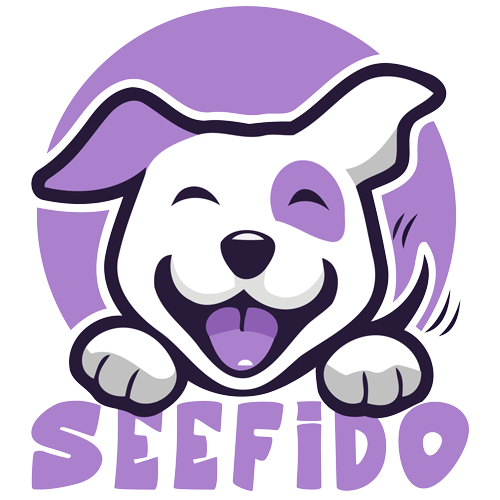news
Convulsion in Dog or Puppy
Convulsions are sudden, involuntary, violent contractions of the muscles of the body, often accompanied by loss of consciousness. It is not known what causes the abnormal impulses from the brain that result in convulsive seizures, since the disturbance may arise in normal brain tissue as well as in diseased or injured tissue. Convulsions may occur in such conditions as epilepsy, poisoning, high fever (especially in young dogs), disturbances of calcium or phosphorus metabolism, alkalosis, diabetes, oxygen insufficiency, and a low blood-sugar content, as well as in local irritation or injury of the brain. In convulsive spasms, the eyes turn upwards in, the head falls backwards and the body shakes in uncontrollable contractions. Do not try to suppress the convulsive movements. Let the dog lie down and try to put the head to a side in order to avoid choking. Remove the leash and caller and make sure he doesn’t hurt himself against a piece of furniture. If you can, place a rolled-up handkerchief in between his teeth so that he doesn’t bite his tongue. If his temperature goes up, place cold wet towels on his forehead and rub his body with a sponge soaked in alcohol and cold water. Convulsions don’t usually last more than a couple of minutes, but meanwhile someone should call the veterinarian. Make sure that there are no obstructions in the respiratory passages.

